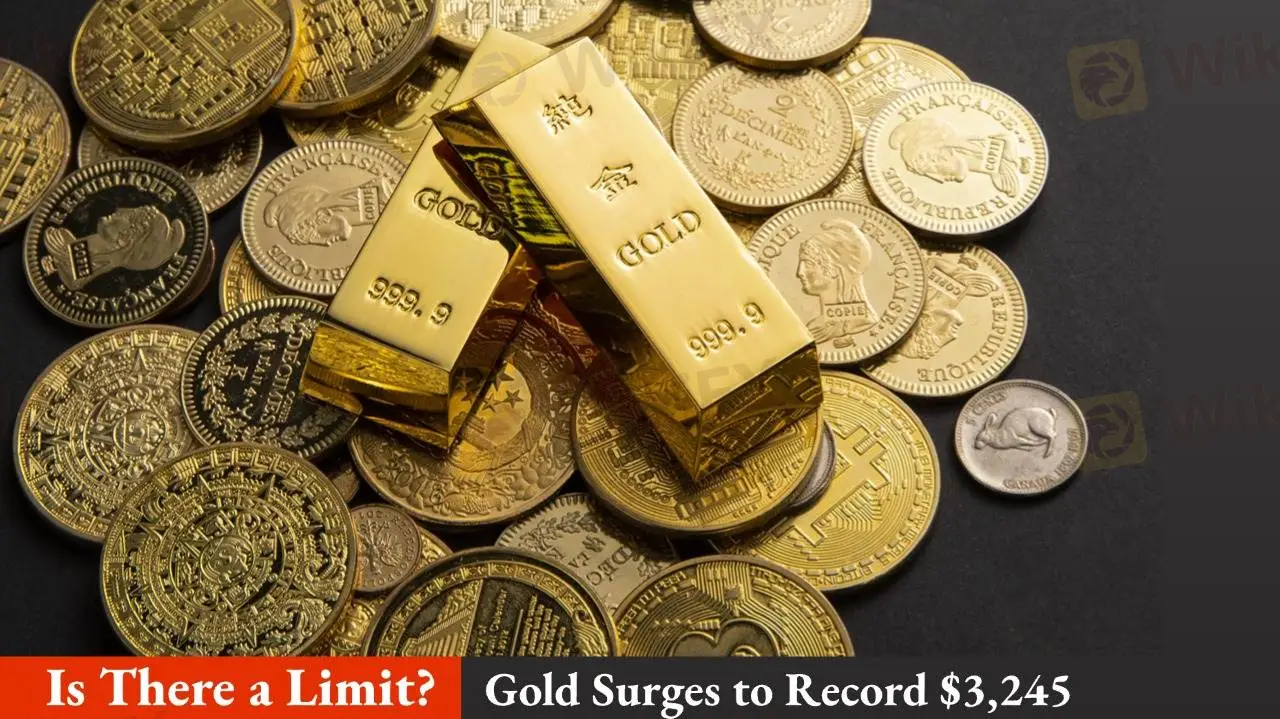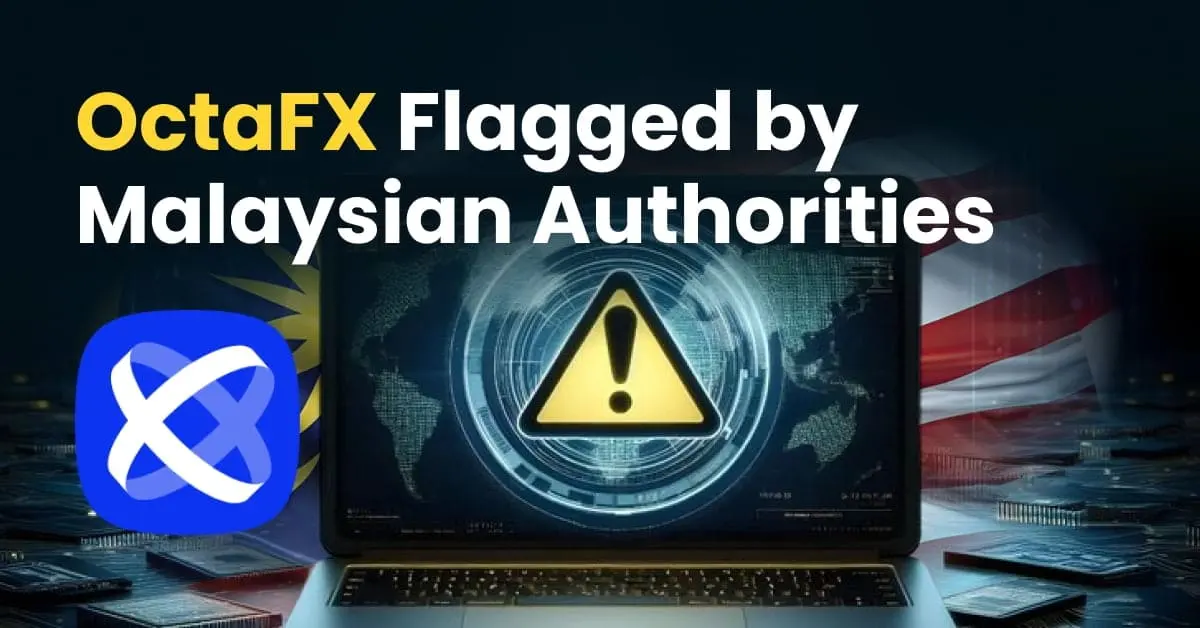简体中文
繁體中文
English
Pусский
日本語
ภาษาไทย
Tiếng Việt
Bahasa Indonesia
Español
हिन्दी
Filippiiniläinen
Français
Deutsch
Português
Türkçe
한국어
العربية
Is There a Limit? Gold Surges to Record $3,245
Abstract:Behind the all-time high: a sign of fear or a vote of confidence?

Gold prices have soared to historic levels, recently breaking above the $3,245 mark and briefly pulling back to around $3,243 without losing momentum. The overall trend remains bullish, with the precious metal climbing more than 20% since the beginning of the year. In a climate of global financial volatility, gold has once again become the go-to safe haven for investors seeking shelter from uncertainty.
This explosive rally is no coincidence—it reflects a convergence of multiple global forces. Beyond fundamental demand, its a mirror of deepening investor anxiety about what lies ahead.
What‘s Fueling Gold’s Relentless Climb?
One of the key triggers behind golds latest rally has been a sudden shift in trade-related policy, which has heightened concerns over global trade tensions. This, in turn, has amplified demand for traditional safe-haven assets.
Meanwhile, several major economies are leaning toward more accommodative monetary policies. Expectations for prolonged low—or even negative—interest rates have further boosted the appeal of gold, which doesnt yield interest but shines in a low-rate world.
More critically, traditional safe-haven assets are showing signs of strain. Equities are experiencing wild swings, U.S. Treasury bonds are facing sell-offs, and the dollar is struggling for direction. In this environment, gold is increasingly seen as the “last reliable refuge,” with each price surge reflecting deeper market unease.
The Risks Ahead
Despite golds strong performance, investor sentiment is turning cautious. From a technical standpoint, gold appears overbought in the short term, potentially limiting further upside momentum. At the same time, the tug-of-war between bulls and bears is intensifying: some investors are hesitant to chase the rally, while short-sellers are reluctant to step in amid such strong momentum.

Disclaimer:
The views in this article only represent the author's personal views, and do not constitute investment advice on this platform. This platform does not guarantee the accuracy, completeness and timeliness of the information in the article, and will not be liable for any loss caused by the use of or reliance on the information in the article.
Read more

OctaFX Flagged by Malaysian Authorities
OctaFX has been officially listed on warning lists by both Bank Negara Malaysia (BNM) and the Securities Commission Malaysia (SC). These alerts raise serious concerns about the broker’s status and whether it is legally allowed to operate in Malaysia.

TradingPRO: A Closer Look at Its Licences
In an industry where safety and transparency are essential, the regulatory status of online brokers has never been more important. For traders seeking to protect their capital, ensuring that a platform operates under recognised and stringent oversight can make all the difference. Keep reading to learn more about TradingPRO and its licenses.

Oil Price Breakout Incoming? Investors Should Stay Alert
Oil prices are hovering around a critical level, with potential yet to be fully unleashed. Investors must prepare for sudden changes.

New SEBI Regulations on Intraday Trading
The Securities and Exchange Board of India (SEBI) has implemented revised regulations on Intraday trading, with effect from November 20, 2024. These regulations are meant to lessen risks and prevent speculative trading practices.
WikiFX Broker
Latest News
SkyLine Guide 2025 Malaysia: 100 Esteemed Judges Successfully Assembled
Vantage Markets Review 2025: Trusted Forex and CFD Trading Since 2009
TradingPRO: A Closer Look at Its Licences
The world could be facing another ‘China shock,’ but it comes with a silver-lining
A Guide to Intraday Forex Trading You Can't Miss Out
CONSOB Blocks Access to 13 Unauthorized Investment Websites
Why STARTRADER Is Popular Among Traders?
New SEBI Regulations on Intraday Trading
Everything You need to know about Barath Trade
OctaFX Flagged by Malaysian Authorities
Currency Calculator


